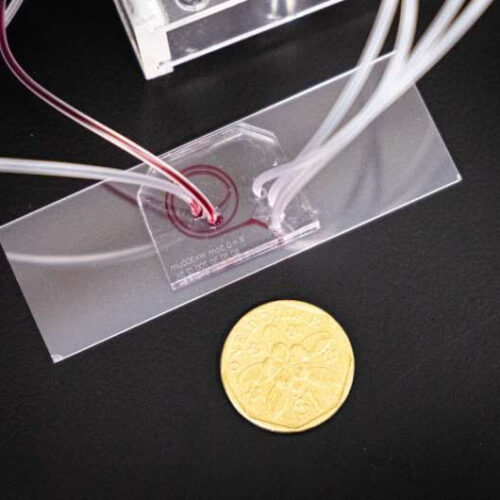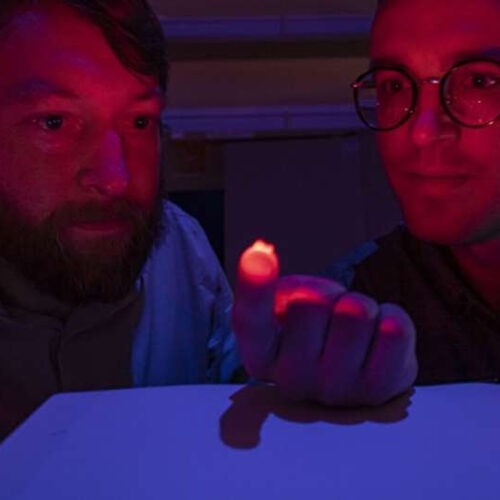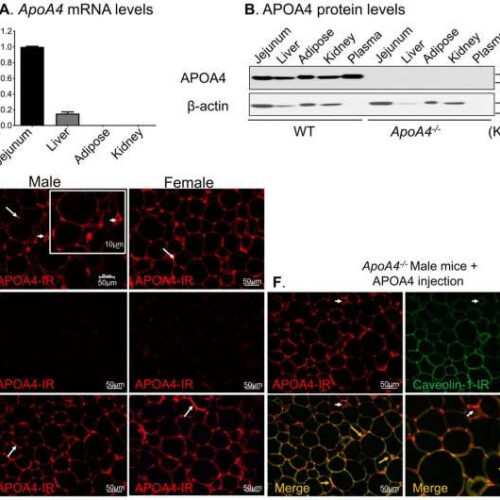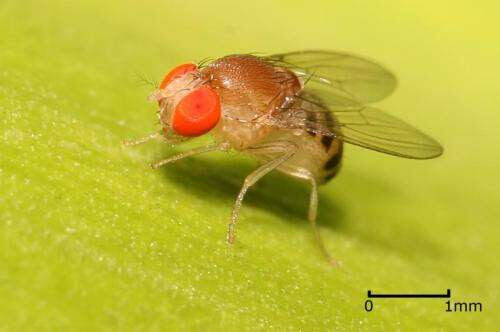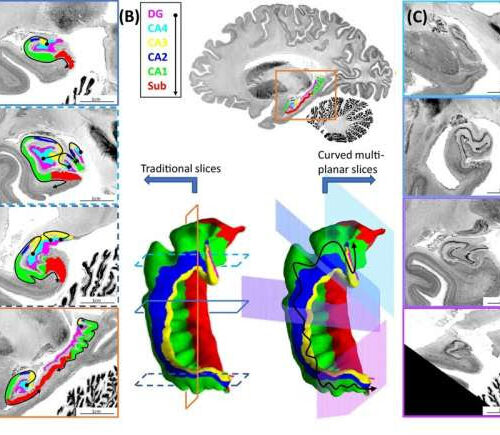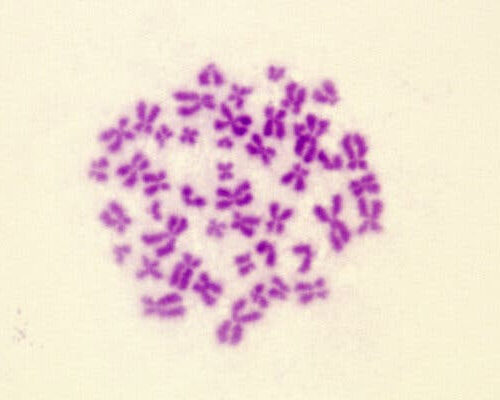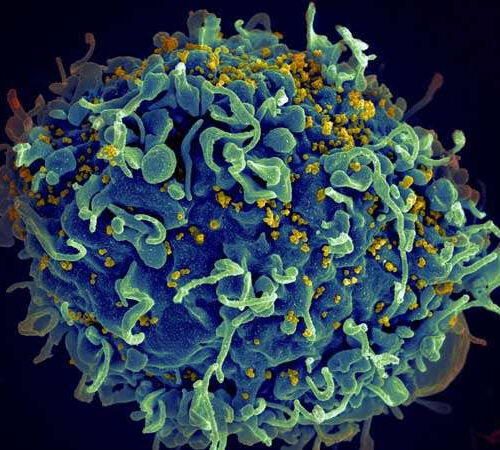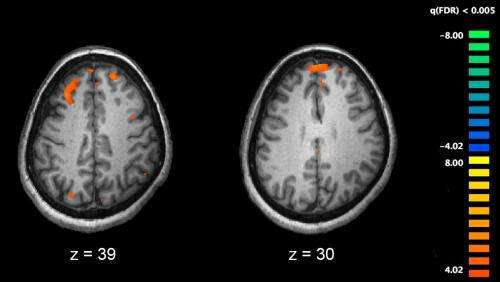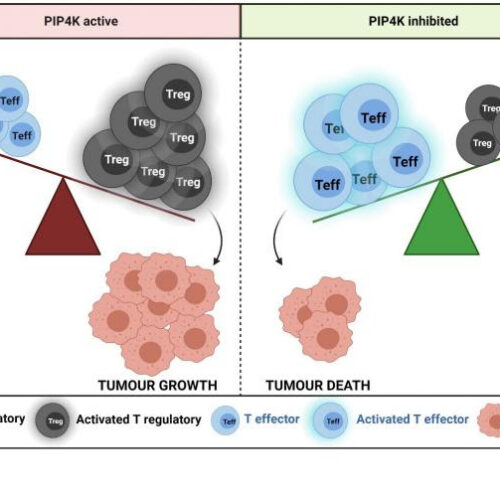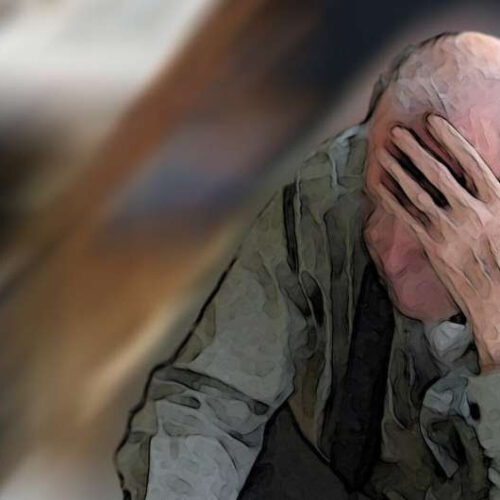by Nanyang Technological University A close-up of the lab-on-a-chip prototype (compared to an SGD $1 coin) developed by the NTU Singapore, Tan Tock Seng Hospital, and MIT, which can extract extracellular vesicles (EVs) in a one-stop process. The amount of EVs can indicate if a diabetes patient is having vascular inflammation. Credit: Nanyang Technological University A...
Tiny wireless device illuminates neuron activity in the brain
by Emily Dieckman, University of Arizona Philipp Gutruf (left) and Jokubas Ausra and their team are creating new tools for a method called optogenetics, which shines a light on specific neurons in the brain to excite or suppress activity. The goal is to better understand how the brain works, allowing scientists to develop and test potential...
Receptor protein in adipose tissue plays a role in controlling blood sugar levels
by Cedric Ricks, University of Cincinnati APOA4 is transcribed and translated primarily in the gut and transported to adipose tissue via circulation. (A) APOA4 gene was expressed in mouse jejunum and liver tissues, but not in gonadal adipose tissue and kidney. RT-PCR for ApoA4 and β-actin was performed on total mRNA isolated from jejunum, liver, gonadal...
Fruit fly study reveals function of taste neurons
by Iqbal Pittalwala, University of California – Riverside Drosophila sp fly. Credit: Muhammad Mahdi Karim / Wikipedia. GNU Free Documentation License, Version 1.2 What can the fruit fly teach us about taste and how chemicals cause our taste buds to recognize sweet, sour, bitter, umami, and salty tastes? Quite a lot, according to the University of...
Digitally unfolding the hippocampus to better understand brain disorders
by Crystal MacKay, University of Western Ontario Figure 1. Illustration of hippocampal subfield topology in traditional and multiplanar histological slices (data from [42] and segmentations from [20]). (A) Traditional hippocampal slices with and without subfields overlaid. Coronal slices through the hippocampal body (top) are the most commonly used orientation. In particular, slices through the hippocampal head...
Scientists Finish the Human Genome at Last
By Carl Zimmer Published July 23, 2021, Updated July 26, 2021 Two decades after the draft sequence of the human genome was unveiled to great fanfare, a team of 99 scientists has finally deciphered the entire thing. They have filled in vast gaps and corrected a long list of errors in previous versions, giving us...
Is it possible to deliver a knockout punch to HIV?
by Delthia Ricks , Medical Xpress HIV infecting a human cell. Credit: NIH With a global focus on strategies to curb the expansion of a fast-moving coronavirus pandemic, the question again has arisen: What more is being done about HIV, a scourge that has lasted more than 40 years—is a cure finally in sight? Although...
Biomarker could help diagnosis schizophrenia at an early age
by Sanford Burnham Prebys Medical Discovery Institute Functional magnetic resonance imaging (fMRI) and other brain imaging technologies allow for the study of differences in brain activity in people diagnosed with schizophrenia. The image shows two levels of the brain, with areas that were more active in healthy controls than in schizophrenia patients shown in orange, during...
New breakthrough to help immune systems in the fight against cancer
UNIVERSITY OF SOUTHAMPTON IMAGE: DIAGRAM EXPLAINING EFFECTS ON TUMOUR CREDIT: UNIVERSITY OF SOUTHAMPTON New research has identified a potential treatment that could improve the human immune system’s ability to search out and destroy cancer cells within the body. Scientists have identified a way to restrict the activity of a group of cells that regulate the...
Early signs of frontotemporal dementia found in personalized cerebral organoids
by The Mount Sinai Hospital Credit: CC0 Public Domain Frontotemporal dementias are a group of fatal and debilitating brain disorders for which there are no cures. In an article published July 26 in Cell, Mount Sinai researchers describe how they were able to recreate much of the damage seen in a widely studied form of the disease...

